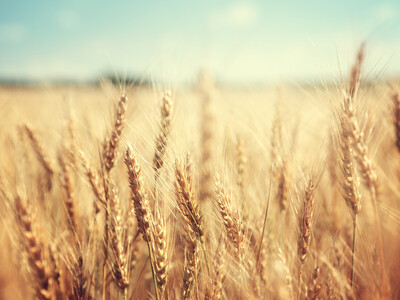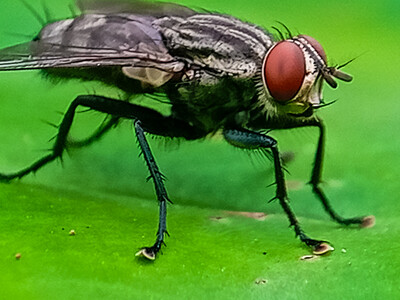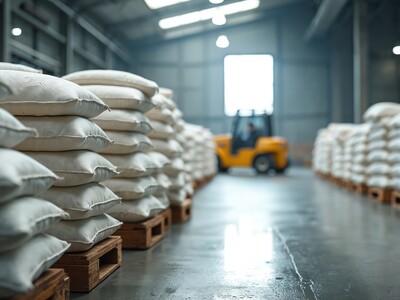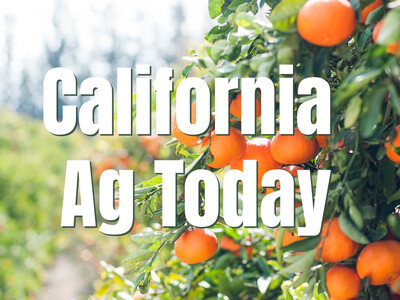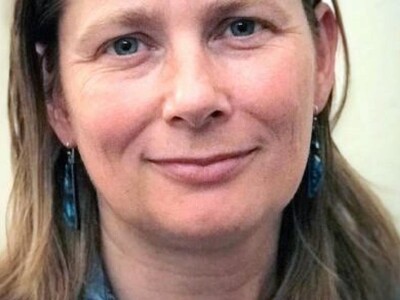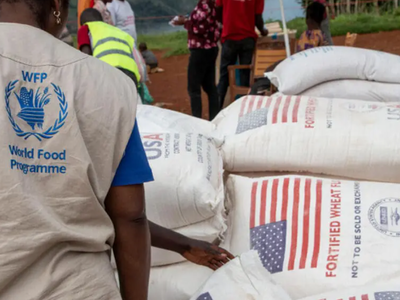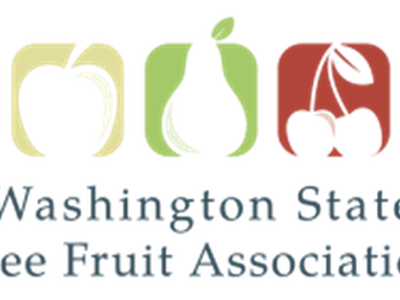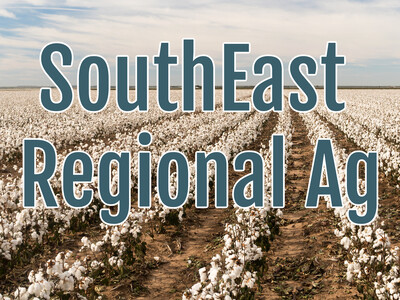Preparing for REAP
Preparing for REAP. I’m Greg Martin as Line On Agriculture presents the Harvest Clean Energy Report.
There are people out there that want to help you save energy and money. Terry Johnson is one of those people. He is the Energy Program Manager for Cascade Pacific Resource Conservation & Development in
JOHNSON: And what they do is their mandate is to work with USDA Rural Development and NRCS to work with people in communities and agriculture producers in rural areas basically to improve their lot in any way that we think might work and so each nonprofit locally has their own agenda and some of them but not all have energy programs.
Right now many producers are looking at various energy programs like the USDA’s Rural Energy for America Program or REAP, as well as state and utility incentives.
JOHNSON: And what our energy program does is basically to assist agricultural producers of all stripes and rural small businesses in identifying and developing and getting funding for, and that’s the main part, getting funding for energy improvement projects from the two sides of the spectrum there, the energy efficiency projects and renewable energy.
The deadline for REAP grants is coming up on July 31 and at this point only very small projects may have time to be completed. Time is a major issue when it comes to applying.
JOHNSON: The whole deal about getting these projects going and the government funding and the utility funding and so forth is really a moving target both from policy standpoint to time standpoint, so it really depends on the size and scope of the project. Generally the smaller ones are easier to get done quickly and the larger ones are more involved.
Johnson says that there are a lot of parts and pieces to these REAP grant applications and that in itself can be a bit of a stumbling block.
JOHNSON: Ostensibly you can do it yourself from day one. It’s not just the federal grant it’s also at least in our area and it’s different from state to state, the biggest issue is finding out what is in your state and then putting together the package in a timely fashion.
For additional information on clean energy, visit harvestcleanenergy.org. That’s today’s Line On Agriculture. I’m Greg Martin on the Northwest Ag Information Network.




